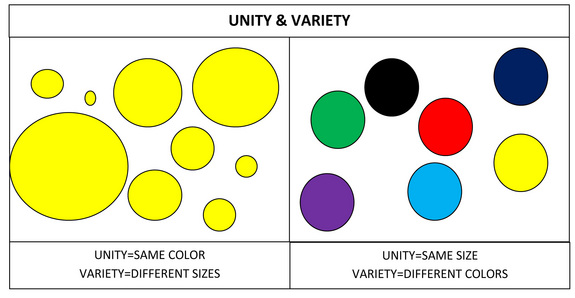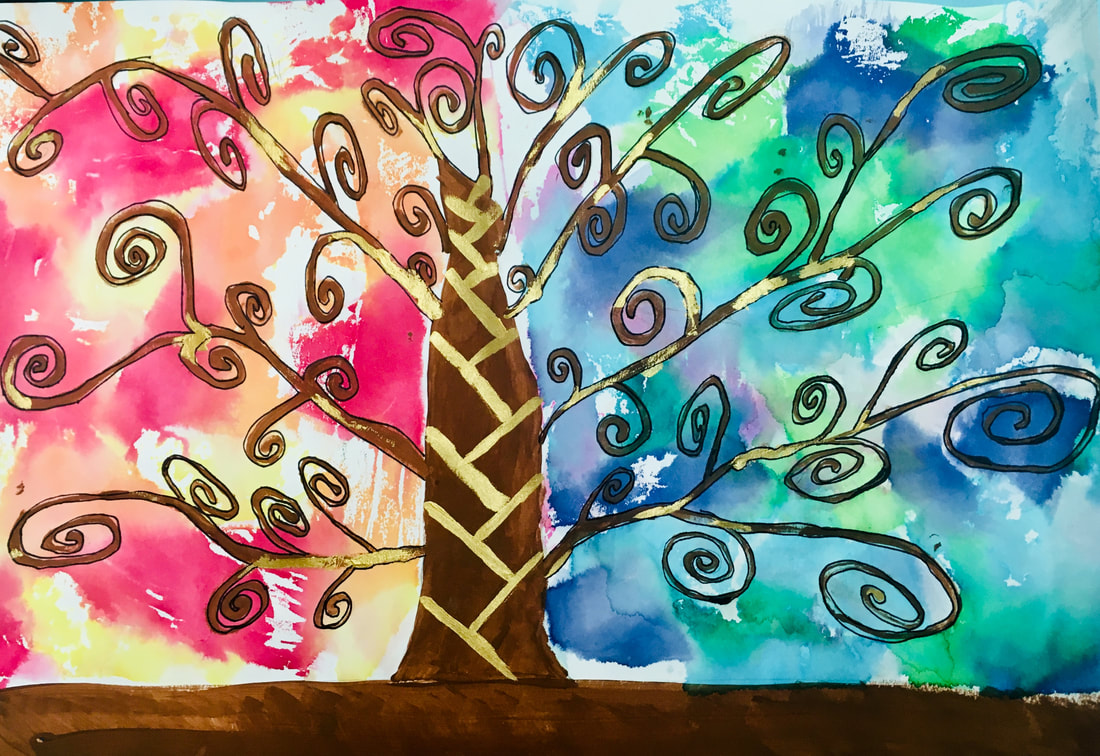

- #Principle of unity in art simple how to
- #Principle of unity in art simple full
- #Principle of unity in art simple free
That’s why you have to pay careful attention to all the colors in your photos – and work as hard as possible to keep the number to a minimum. And the more colors you have, the more chaotic your photos become. Photographers often forget that colors are compositional elements. For instance, you can get closer to your subject, which is often the best way to really fill up the composition – but you can also use a longer lens, or you can crop the shot tighter in post-processing. Note that you can fill the frame in a few ways.
#Principle of unity in art simple full
Negative space refers to areas that are full of emptiness, such as a dark expanse of water or a cloudy sky: Sufficient negative space is key to pretty much any photograph – but it’s especially important in simple photos.
#Principle of unity in art simple free
So feel free to use a wide aperture to simplify, but make sure that you’re careful to keep everything you want in sharp focus. Second, it’s easy to accidentally end up with a partially blurry shot. That’s because a wide aperture can give an ultra-narrow depth of field, which in turn makes it difficult to ensure that you’re actually getting your whole subject in focus. So if you widen your lens to f/2.8, you’ll get an image that has a pleasing blur effect, but you’ll also get less sharpness in the areas that are meant to be sharp. You do have to be careful when using a wide aperture, though, for a couple of reasons. First, wider apertures tend to be optically inferior to narrower apertures. In other words, the wide aperture blurs the distractions into oblivion, and you can take a shot that emphasizes your main subject. You can also eliminate distractions by changing your composition (walking a few steps to the right or the left can work wonders!), moving closer to your subject, cropping the image after the fact, or adjusting your perspective. Note: I don’t necessarily mean that you must remove distractions physically. It all depends on the type of photo you’re creating.) (Distractions can be anything, from rocks on a beach to a sign behind a person’s head. So as you’re creating your composition, look all around your main subject. Try to find anything that stands out and draws the viewer’s eye. The goal here is to remove all distractions from the scene. You don’t want the viewer’s eye to wander away toward various distractions! You already have a compositional focal point, but you then need to ensure that the focal point remains strong.

If your image features a main subject, then you’re off to a great start. If you include a frame within a frame, the main subject should be given the best placement in that frame. If you include lines, they should lead toward the main subject (or thereabouts). Once you have your main subject, you know what matters and what doesn’t you should then compose the rest of your shot in service to that subject.
#Principle of unity in art simple how to
Without the main subject, your composition will seem aimless, and the viewer just won’t know how to handle it. But once you add the subject to your composition, the viewer will know exactly where to look.Ī main subject can also help you prioritize different aspects of your composition. Think of this main subject as a sort of compositional anchor point.

Then compose the rest of the shot around that element. In other words, find something in the scene that stands out. Whenever your goal is to make a simple photo, I recommend starting with a clear main subject. In this next section, I share my best techniques for producing simple, powerful shots. Knowing the value of simplicity is all well and good, but it’s also important to understand how you can apply it in your photography. Open up the photos, and ask yourself: Is there a way to make these photos more simple? Did I include enough negative space? Did I eliminate all distractions?Īnd envision how the photos would look if slightly simplified. That way, you can get a sense of how simplicity will affect your images – how it can take a good image and turn it into a great image. Head into your photo archives, and find a group of photos that you’re proud of.

You still have to arrange your compositions carefully by following guidelines such as the rule of thirds, the rule of space, the rule of odds, and the golden ratio.īut if you already have a good handle on these techniques, then aiming for simpler photos is going to make a big difference. In fact, here’s an exercise that you can do to wrap your mind around the value of simplicity: Of course, not all simple photos are good. Instead, the viewer sees the photo and is immediately struck by the content. There are no additional elements that the viewer has to consider. Simpler photos are also more impactful because the subject matter just hits you in the face.


 0 kommentar(er)
0 kommentar(er)
